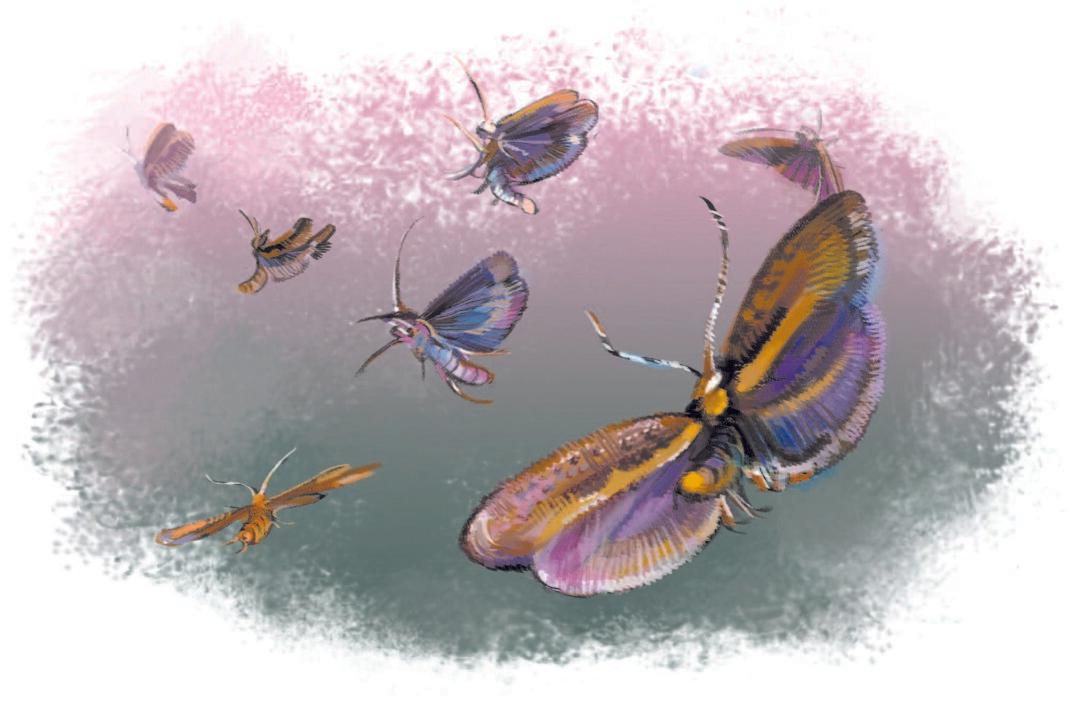Biotech company Oxitec announced on Sept. 5 that it has started releasing genetically modified (GM) moths in Geneva, New York. Globally, only two types of GM insects have ever been released. GM mosquitoes have been released in Brazil, Panama, the Cayman Islands, and Malaysia. And a GM pink bollworm was briefly released about 10 years ago in Arizona. Both the mosquitoes and bollworms were also made by Oxitec.
The genetic changes made to the newly released moth are much more complex, however, than those made to the bollworm—which was modified to glow for tracking and study purposes.





